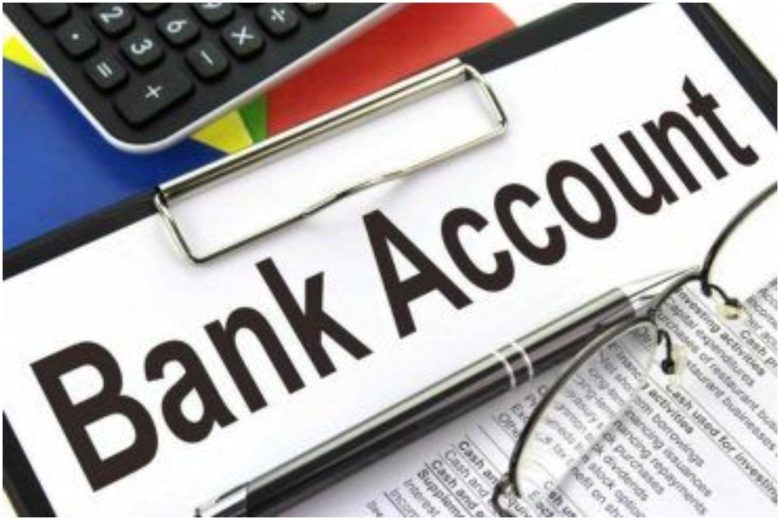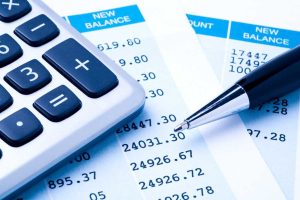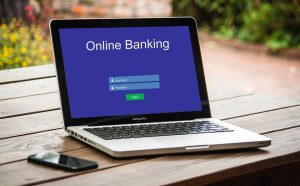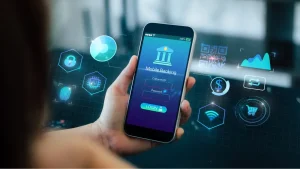One of the most important things you can do to gain control over your money and become financially independent is to open a bank account. A bank account is a safe place to store your money, allowing you to deposit, withdraw, and make payments. Without a bank account, it can be difficult to manage your daily expenses, access income, or save for the future. For many people, opening a bank account is often the first step toward obtaining a loan, credit card, or mortgage. Knowing how to open your first bank account can make the process less intimidating and more rewarding.
How to Choose the Right Bank Account
Before opening your first account, consider which type of account is best for you. A savings account keeps your money safe and earns interest. A checking account is used to pay bills, make purchases, and withdraw money. Many banks also offer accounts for students, teenagers, or beginners, or offer special packages specifically for them. By choosing the right account, you’ll start your banking journey with the right features and benefits.
Understanding and Choosing a Bank
Banks vary in cost, services, and features. Some offer higher interest rates, while others focus on simplifying banking by offering online banking. By researching and comparing different banks, you can choose one that meets your needs. Choose a bank with a strong online and mobile banking system if you prefer conducting business over the phone and online. Selecting a bank with a branch close to you is the best option if you prefer in-person help. Choosing the right bank is the most important part of your banking experience.
Prepare the Required Documents
To open a bank account, you will need to provide specific documents to prove your identity and address. A government-issued ID, passport, driver’s license, or birth certificate are some of the most common required documents. The bank may also require proof of residency, such as a utility bill or lease agreement. In some cases, you may need a recent photo or a down payment. Preparing these documents in advance can save time and ensure a smooth account opening process.
Visit the Bank or Complete an Online Application
Once you’ve chosen a bank and prepared all your documents, the next step is to apply for an account. If the bank allows you to open an account online, you can visit a branch in person or apply online. A bank representative will assist you at the branch, review your documents, and help you complete the application. When applying online, you may need to provide scanned copies of your documents and, for security reasons, you may also need to verify your identity via video. Both methods are easy to use and understand.
Completing the Application Form
Whether you apply online or in person, you’ll need to complete an application form. The application form asks for basic information such as your name, date of birth, address, employment, and how we can contact you. You’ll also need to choose the type of account you want to open and whether you need any additional services, such as a debit card, online banking, or a checkbook. Patience while completing the application ensures that your account is opened on time and without errors.
Making Your First Deposit
Most banks require a small deposit to open an account. You can usually do this with cash or by transferring money from another account. The deposit amount varies depending on the bank and account type. Some banks even offer zero-balance accounts, which require no deposit. After your first deposit, your account is officially activated and ready to use. This process is often the first step in becoming familiar with managing your bank account.
Requesting Your Account Information
Once the bank has approved your application and made your first deposit, you will receive your account information. This information includes your customer number, account number, and other important information. Keep this information safe, as you will need it to deposit money into your account and make transactions. You may also receive a savings account or statement showing your account usage and balance. Once you have your account information, you can make deposits, withdrawals, and transfers with your new account.
Requesting Your Account Information
Once the bank has approved your application and made your first deposit, you will receive your account information. This information includes your customer number, account number, and other important information. Keep this information safe, as you will need it to deposit money into your account and make transactions. You may also receive a savings account statement or a statement showing your account usage and balance. Once you have your account information, you can make deposits, withdrawals, and transfers with your new account.
Getting Your Debit Card and Checkbook
Most bank accounts come with a debit card, which you can use to withdraw cash from ATMs and make purchases in stores or online. Some banks also offer checkbooks, but the use of checks has declined. For security reasons, you must keep your debit card PIN secret. These technologies make it easier and more convenient to access and manage your money. Applying for a debit card is often one of the most exciting parts of opening your first bank account, as it gives you instant access to your money.
Conclusion
Opening your first bank account may seem like a big step, but it’s actually quite simple if you follow the steps. From choosing the right account and preparing the necessary documents to making your first deposit and setting up online banking, every step you take brings you closer to financial freedom. A bank account isn’t just a safe place to store your money; it also makes living in modern society easier and more convenient. Learning how to properly set up and manage your first account lays the foundation for a lifetime of smart financial management.
FAQs
1. What documents are typically required to open a bank account?
Most banks require proof of identity, such as a passport, ID card, or driver’s license, as well as proof of address, such as a utility bill or rental agreement.
2. Do I need cash to open a bank account?
Most banks require a small deposit, while others offer accounts with no balance or no deposit.
3. Can I open a bank account online?
Yes, many banks allow you to apply online. You only need to provide documents and prove your identity online.
4. How long does it take to open a bank account?
If you have all the correct documents, you can usually complete the entire process the same day, either online or in a branch.
5. Can I keep cash in a bank account?
Yes, bank accounts are very secure. Banks use advanced security measures, and deposits are generally insured by the government.




